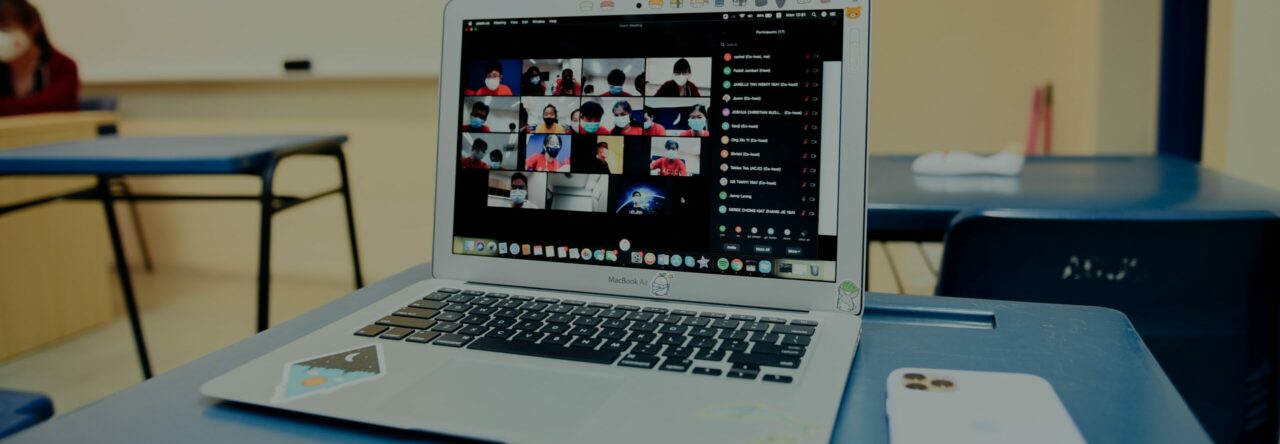Engaging students cognitively generally means that a teacher is looking to activate thinking strategies such as summarizing, problem solving, analyzing, synthesizing, etc. This does not change whether students are in the classroom or in the synchronous video setting. The challenge is to find ways to use synchronous video to accomplish this.
- One simple activity that can be done is using screen share and breakout rooms. In this activity, which I have done in the classroom, students are paired up and given a sheet with word puzzle problems on it. They are to work together to solve as many of the five problems as they can, and those who correctly solve a problem get a prize. This works well to get students collaborating on figuring out the correct strategy that would result in solving the problem. In my class, as soon as a pair thinks they know the answer to any of the problems, they put up their hands either I can read their solution, or they can whisper their explanation to me. I can instantly say, “correct” or “keep trying” and the respond accordingly. This activity creates a great buzz of conversation as each pair works on the solutions.
- To recreate the activity in the synchronous video setting, the teacher may divide the group into pairs using the breakout rooms, and then either use the share screen option to show all the word puzzles, or if necessary, to share a link in the chat that students may click on to get their own copy of the activity.
Another way to cognitively engage students in the synchronous video setting is to use the whiteboard option. This feature allows students to collaborate on a shared space. It has more flexibility than a shared document, and can be used as a way to cognitively engage students.
